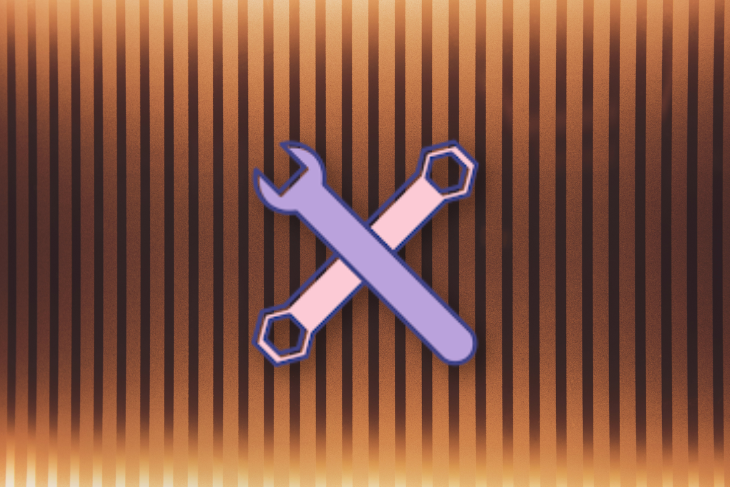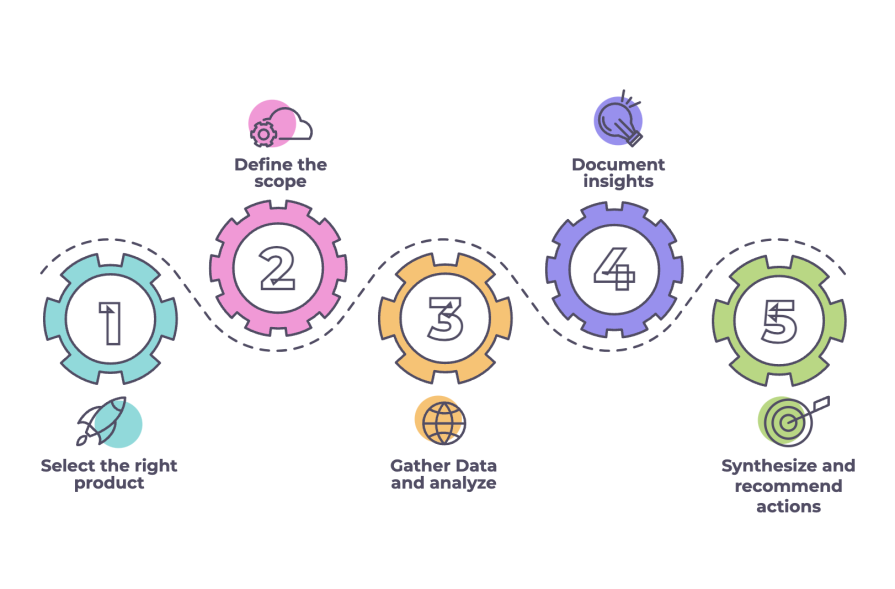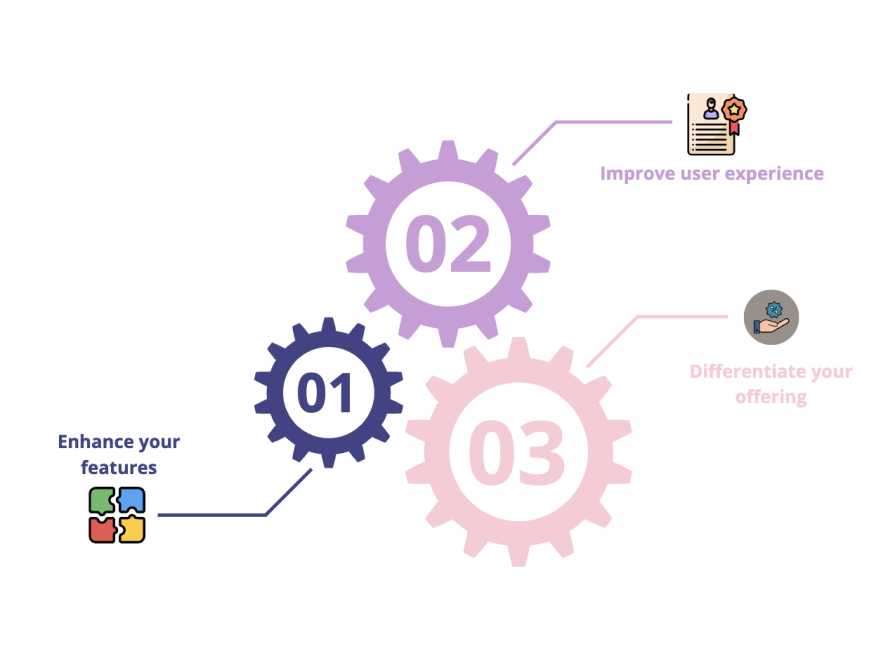A product teardown is a systematic dissection of a product to analyze its features, design decisions, user experience, and overall strategy. The goal isn’t just to understand what a product does, but how it does it and why it was built in that way.

Product teardowns provide valuable insights into a product’s functionality, design, and market positioning, making them an indispensable tool for you as a product manager.
Unlike simple product reviews, teardowns are deeply technical and analytical. They uncover the mechanics behind a product’s design and provide actionable insights to refine your product strategy, benchmark against competitors, and identify gaps in the market. Keep reading to learn more about them, including the tools you can use to conduct them and real-world examples.
A product teardown offers a window into the competitive landscape. It provides a foundation for understanding why competitors made specific decisions, how those decisions impact their users, and what opportunities might exist for your product. Teardowns also serve as a strategic exercise, allowing you to:
In short, product teardowns can be the difference between a product that struggles to gain traction and one that leads its category.
Product teams often operate in competitive and fast-evolving environments where understanding user needs and market dynamics is critical. Without a structured way to analyze competitors, you risk making decisions based on assumptions rather than data. Teardowns solve this problem by:
To conduct a meaningful product teardown, follow these steps:

1. Select the right product
Choosing the right product is the first and most critical step:
A product is a complex system, so it’s essential to focus on specific elements:
A comprehensive teardown involves multiple layers of analysis:
Organize your findings in a way that’s easy to share with your team. Use tools like:
Finally, turn your teardown findings into actionable recommendations. For example, if you discover that a competitor’s onboarding process significantly reduces churn, propose specific enhancements to your onboarding flow.
Teardowns can be resource-intensive, but the right tools can streamline the process:
To help better illustrate a product teardown, pay attention to the following examples from three successful organizations.
Slack helps make work happen by providing work management and productivity tools.
Onboarding:
Slack’s onboarding flow sets the standard for turning new users into engaged teams:
Core features:
Slack excels in creating an ecosystem of productivity:
Design:
Business model:
Slack’s freemium model balances user acquisition and monetization:
Netflix is a leading example of a digital product that has mastered personalization and user retention.
User onboarding:
Core features:
Design and UX:
Business model:
Netflix’s subscription-based model encourages recurring revenue. The tiered pricing strategy offers options for different budgets while highlighting premium features like Ultra HD streaming.
Shopify is a go-to platform for entrepreneurs looking to build and manage e-commerce stores. Its success lies in simplifying a complex process while offering scalability.
Onboarding:
Core features:
Design and UX:
Business model and strategy:
Shopify offers tiered pricing to cater to businesses of all sizes. Its revenue model also includes transaction fees and revenue-sharing agreements for apps in its marketplace, ensuring consistent monetization.
Each of these examples highlights different aspects of what makes a product successful:
By conducting a teardown of these or similar products, you can draw actionable insights that directly influence your product’s strategy, ensuring it remains competitive and user-centric.
Here’s how you can leverage teardown findings effectively:

If a teardown reveals that a competitor offers a more robust implementation of a feature, use it as a benchmark. For instance, if a teardown of Zoom highlights its advanced breakout room functionality, you might prioritize building a similar feature in your video conferencing app.
Insights from competitors can uncover ways to reduce friction. For example, if another product simplifies onboarding by pre-filling user data with single sign-on (SSO), consider implementing a similar feature.
Teardowns help identify gaps in competitors’ products that you can exploit. If most task management apps neglect accessibility, positioning your app as inclusive could carve out a niche.
Product teardowns are powerful tools for PMs, providing a data-driven approach to competitive analysis and product strategy. They allow you to:
To maximize the value of teardowns, make them a recurring part of your product management process. Start with focused analyses, document insights, and use them to drive meaningful changes.
Over time, you’ll find that product teardowns aren’t just about understanding competitors, they’re about continuously improving your product to better serve your users.
Featured image source: IconScout

LogRocket identifies friction points in the user experience so you can make informed decisions about product and design changes that must happen to hit your goals.
With LogRocket, you can understand the scope of the issues affecting your product and prioritize the changes that need to be made. LogRocket simplifies workflows by allowing Engineering, Product, UX, and Design teams to work from the same data as you, eliminating any confusion about what needs to be done.
Get your teams on the same page — try LogRocket today.

A practical five minute revenue estimation method to help product managers compare ideas, drop low impact features, and prioritize smarter.

A practical guide for PMs who want to stop being bottlenecks, delegate smarter, and lead teams effectively with a clear ownership framework.

Stop letting unreliable data block features. Treat data as inventory to track quality, ownership, and ship with confidence.

Learn why slide decks slow teams down and explore better tools like whiteboards, PRDs, and prototypes to improve collaboration and alignment.